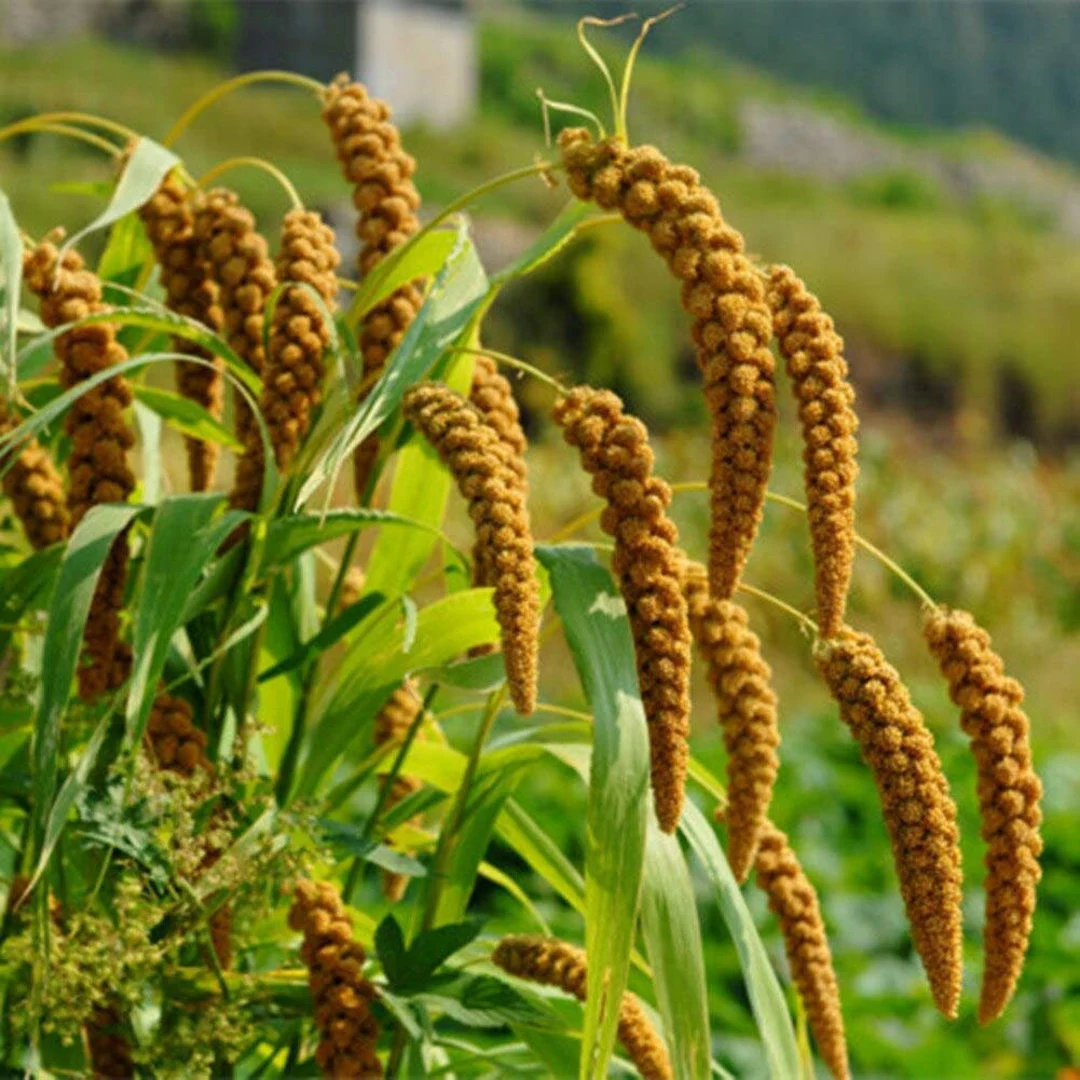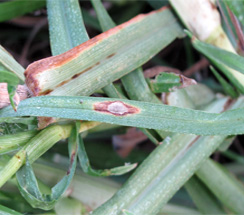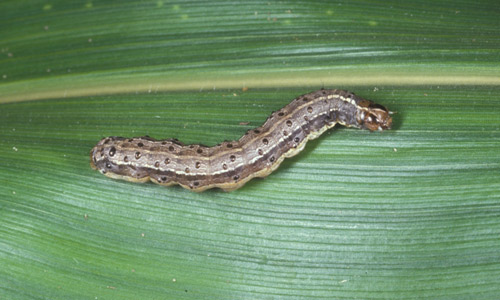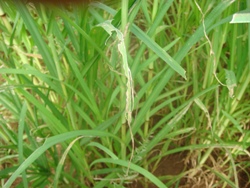


Foxtail millet (Setaria italica (L.) Beauv.) is among the oldest cultivated millets globally. It finds extensive cultivation in various regions of India and Asia. Foxtail millet is an annual grass with slender, vertical stems and long, bristly seed heads that resemble a fox's tail, hence the name "foxtail" millet. It has a short growing season, typically maturing in 70-90 days. Foxtail millet is highly nutritious and provides a good source of energy, protein, dietary fibre, vitamins (especially niacin and folic acid), and minerals (iron, magnesium, and phosphorus). In Assam, it is referred to as "Konidan." Foxtail millet thrives in moderately fertile soils, ranging from sandy to heavy soils, and it flourishes with an annual rainfall of 500-700 mm. However, it cannot withstand waterlogged conditions or extreme drought.


Millets are nutritionally superior as their grains contain high amount of proteins, essential amino acids, minerals, and vitamins.

| Particulars | 2023-24 |
|---|---|
| Area, (Lakh ha) | 121.88 |
| Production (Lakh Tones) | 153.79 |
Source: DA&FW (Data Upload) (State wise millet production pdf)

Foxtail millet is a tropical and subtropical climate crop and can be grown at an altitude of 2100 m above MSL. A mean temperature of 26-29°C during the growth is found optimum. Foxtail millet, grown in semi-arid regions, has a low water requirement and is successful almost entirely to its short growing season.

It can be grown on a wide range of soils from very poor to highly fertile and can tolerate a certain degree of alkalinity. Best soils are alluvial, loamy and sandy loam soil with good drainage.

Varieties: PS 4 , SiA 3085 ,Gossaigaon local yellow seeded, Rajendra Kauni - 1 (RAU-2), DHBM-93-3 varieties can be used for planting

Prepare the field by conducting 4 to 6 ploughings, followed by a final step of laddering to achieve a fine tilth.
Sowing Time: Middle of January to middle of February in Assam conditions
Duration: 100-120 days
Direct-sowing: Generally, tractor or bullock-drawn seed drills or bullock plough are used for sowing.
A seed rate of 8-10 kg/ha and 15 kg/ha for broadcast sowing.
Treat the seed with Ridomil @2g/kg, Propiconazole @ 1 ml/kg of seed.
25 cm between rows.
Furrows of 5 cm depth are to be prepared at 25 cm apart. Seeds are to be placed in the furrow preferably at 3-5 cm depth but not below 5 cm depth. Laddering should be done along the furrows to cover the seeds with a soil layer of about 3 -5 cm. Laddering also ensures compaction of soil which results in uniform and quick germination.
Apply the following dose of fertilizers to Foxtail millet.
| Nutrient Requirement (kg/ha) | Form | Fertilizer Requirement kg/ha | Fertilizer Requirement kg/bigha |
|---|---|---|---|
| N | Urea | 44 | 6.00 |
| P2O5 | SSP | 63 | 9.50 |
| K2O | MOP | 17 | 2.00 |
Apply 50% of the full doses of FYM, P2O5, and K2O as basal fertilizer, and distribute the remaining 50% of nitrogen (N) through top dressing 30 days after transplanting.
Depending on soil type, weather condition, and duration of variety, 2-5 irrigations are necessary. Irrigate the crop every 4-5 days during early growth stages.
Two inter cultivations and one hand weeding in line sowing. Two hand weeding in broadcasted crop.

On leaves, symptoms develop as small pinhead water-soaked yellowish dots that turn spindle-shaped within 2-3 days with a greyish center surrounded by a dark brown margin.

Spraying of trifloxystrobin 25% WP @ 1-1.5 g/l of water to control this disease.

Defoliation


The appropriate time of harvest to ensure maximum grain yield and quality is of great significance. Harvesting should be done when 75-80% of the panicles turn golden yellowish and the stem turns brown and dry. Sun drying of grain on a clean threshing floor may be necessary to reduce moisture content, preserve viability and vigour, and improve storage quality. Drying of grains to the recommended moisture level of 12% is necessary to preserve its viability and vigour.
Yield or Expected yield per hectare: 20-25 quintals (q) per hectare.
Jorhat, PIN - 785013 Assam